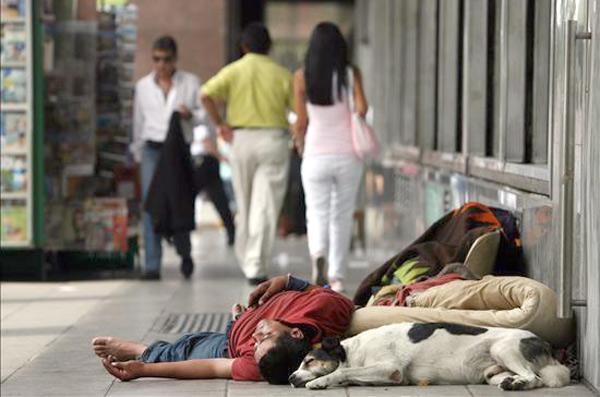Macroeconomic data continue to surprise on the upside, but there is no trace of euphoria among the population. GDP growth and record employment are overshadowed by the inflationary crisis, job insecurity and rising tax burdens. Household finances are not keeping pace with GDP and what is happening is that the number of families struggling to make ends meet has increased
New data from the Arope indicator (risk of poverty or social exclusion), the main measure of poverty used by the European Commission, place Spain as the country with the most households in trouble. This indicator aggregates the population at risk of poverty with those who cannot afford to buy a range of basic goods and services.
In 2023, one in four people were at risk of poverty or social exclusion. Specifically, they were 26.5%, 0.5 points worse than in the previous year. That is, despite economic growth, the number of people in economic difficulties increased over the year, contrary to what happened in the eurozone countries as a whole, where it fell by 0.2 points.
Until 2023, Greece was the worst country in this Arope indicator, but in that year it reduced its poverty levels by 0.2 points. For the first time since Eurostat started calculating this indicator, in 2015, it is no longer the worst country in the eurozone, which is now Spain. Leading economic growth has not helped Spain to reduce poverty levels.





